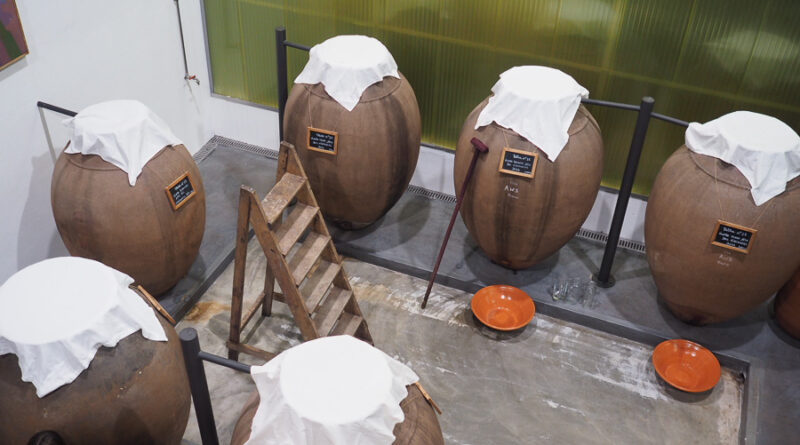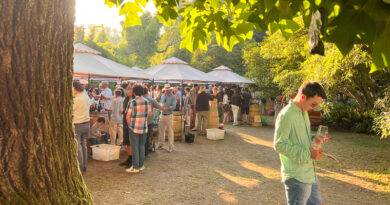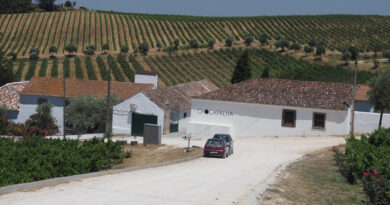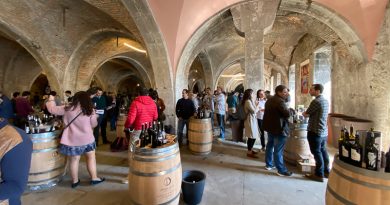Video: reviving the tradition of making wines in amphora in the Alentejo, Portugal
The south of the Alentejo wine region has a tradition of making wine in large clay amphorae known as talhas. Often people would have their own talha and the wine that it contained would supply the family. And restaurants frequently had several talha, serving their customers directly from these vessels.
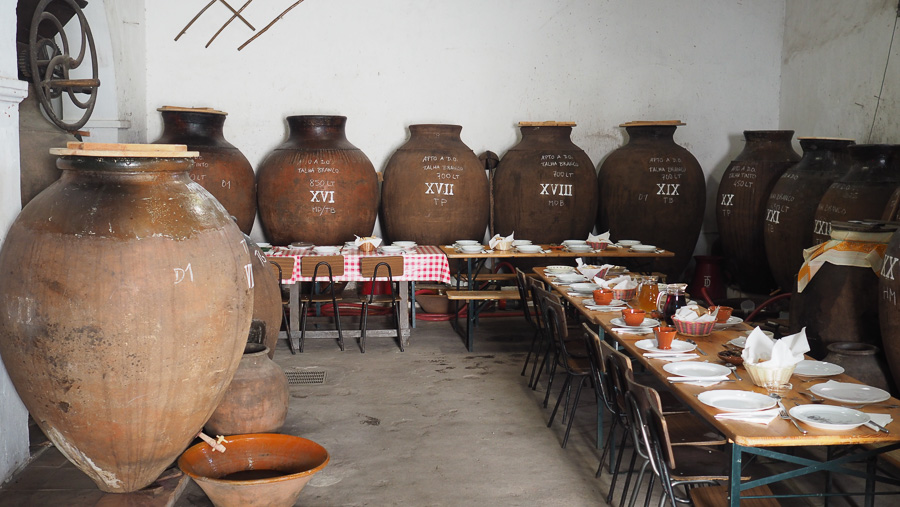
The tradition was to make the wine (harvest in August or September), filling the talha with whole bunches of white or red grapes and letting them ferment naturally. The talha wasn’t sealed, but covered to stop flies and dust entering, and sometimes the surface of the wine was covered with olive oil.
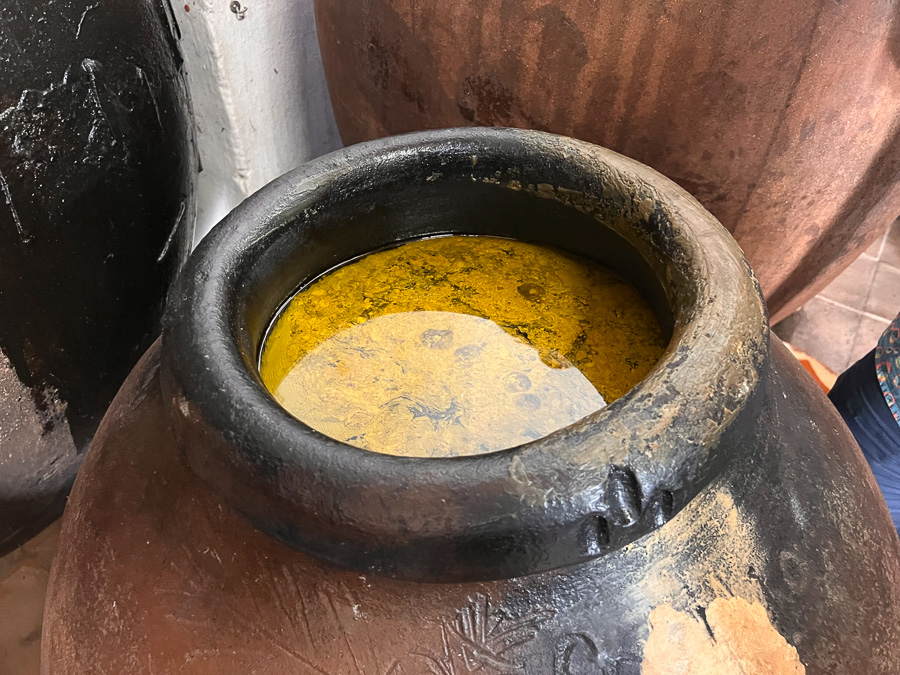
The rule was it had to stay in amphora until St Martin’s Day (11th November), when the talhas were tapped (the wooden bung was removed and replaced with a tap). These wines would be natural, in the sense that they had no additions (such as sulfites), and were unfined and unfiltered: the mass of skins and stems that fell to the bottom of the talha after fermentation finished would naturally filter the wine as it was drawn from a tap at the bottom.
In danger of dying out, this tradition has been revived and there are now many producers making wine in talhas, which in the Alentejo are all old because the craft of making them has long been lost. I head to the region to visit three producers championing talha wine (Herdade do Rocim, XXVI Talhas and Honrado), and to attend the Amphora Wine Day at Rocim where producers from the Alentejo and elsewhere in the world in wine were showing their wines made in clay.

